“We commit ourselves, through contemplative and compassionate presence, to: Listening and responding to the cry of Earth and the cry of the poor as one…” (Chapter Statement 2021)
On Monday, 20 March the IPCC (Intergovernmental Panel on Climate Change) released its latest report on the climate crisis. The AR6 Synthesis Report: Climate Change 2023 summarizes five years of reports on global temperature rises, fossil fuel emissions and climate impacts.
In the words of the World Economic Forum “The viability of humanity living within planetary boundaries rests on the actions we take in the next seven years. There’s no time to lose to keep to the target of limiting the global average temperature to below 1.5°C.” In other words, “Urgent climate action can secure a liveable future for all”
You might like to read the article from the World Resources Institute: 10 Big Findings from the 2023 IPCC Report on Climate Change
“Como una presencia contemplativa y compasiva, nos comprometemos a: Escuchar y responder al clamor de la Tierra y al clamor de los pobres como uno solo…” (Declaración del Capítulo 2021)
El lunes 20 de marzo, el IPCC (Grupo Intergubernamental de Expertos sobre el Cambio Climático) publicó su último informe sobre la crisis climática. El Informe de Síntesis AR6: Cambio Climático 2023 resume cinco años de informes sobre el aumento de la temperatura global, las emisiones de combustibles fósiles y los impactos climáticos.
En palabras del Foro Económico Mundial “La viabilidad de que la humanidad viva dentro de los límites planetarios depende de las medidas que tomemos en los próximos siete años. No hay tiempo que perder para cumplir el objetivo de limitar la temperatura media mundial por debajo de 1,5 °C”. En otras palabras: “La acción climática urgente puede garantizar un futuro habitable para todos”


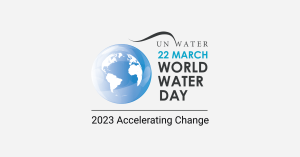 This year’s World Water Day is about accelerating change to solve the water and sanitation crisis that many parts of the world are experiencing.
This year’s World Water Day is about accelerating change to solve the water and sanitation crisis that many parts of the world are experiencing. 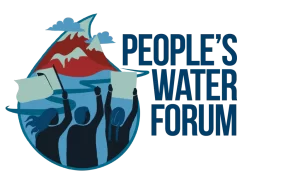 Our congregation has signed on to the Water Justice Manifesto organised by
Our congregation has signed on to the Water Justice Manifesto organised by The Course, which starts on the 19th April this year, will educate and empower you to bring the Laudato Si’ Encyclical to life.
The Course, which starts on the 19th April this year, will educate and empower you to bring the Laudato Si’ Encyclical to life.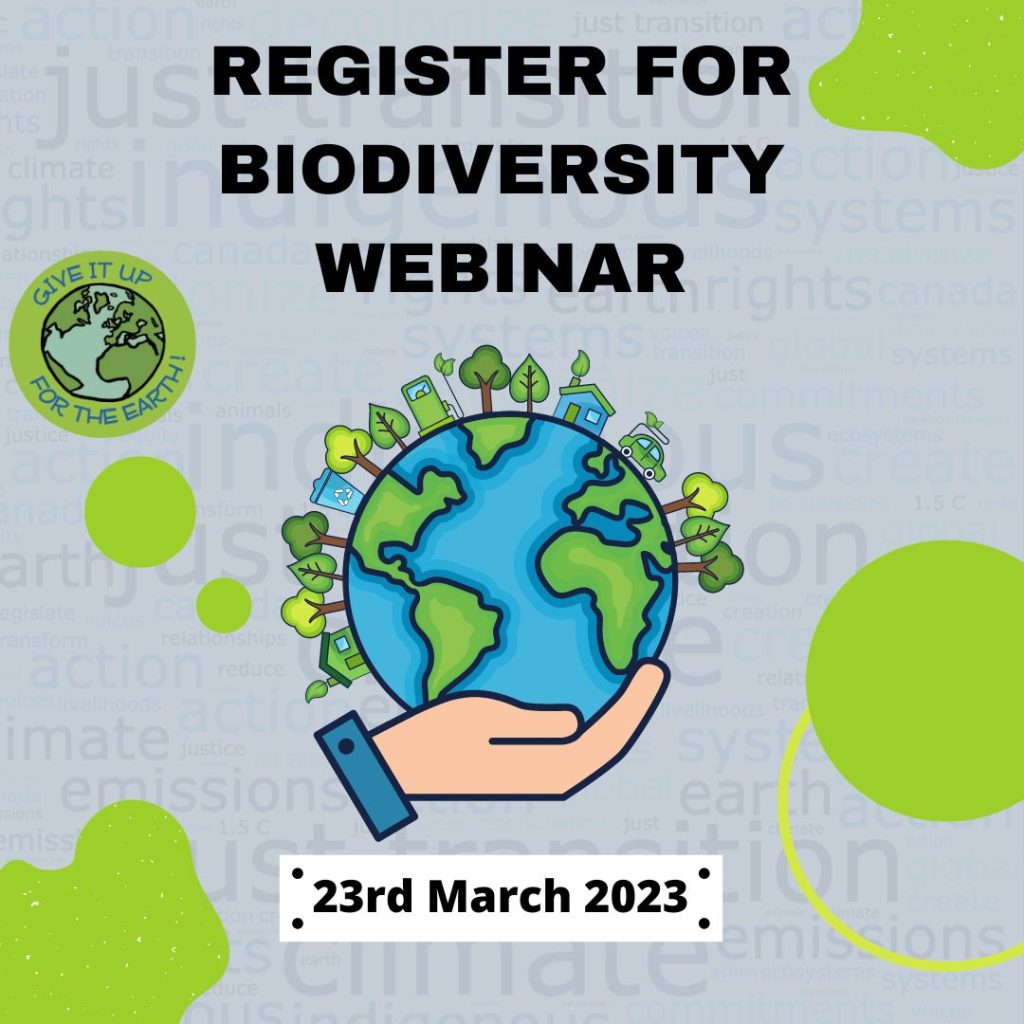 Expert and diverse panelists will talk about our planetary boundaries, the latest updates from COP15 and Indigenous perspectives on biodiversity. The online gathering will conclude with a theological reflection on creation care.
Expert and diverse panelists will talk about our planetary boundaries, the latest updates from COP15 and Indigenous perspectives on biodiversity. The online gathering will conclude with a theological reflection on creation care.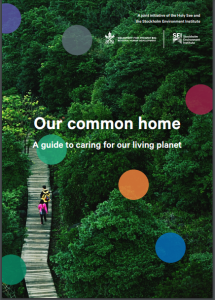 It connects the science of climate change, biodiversity and sustainable resource use with the messages of Pope Francis’s Encyclical
It connects the science of climate change, biodiversity and sustainable resource use with the messages of Pope Francis’s Encyclical 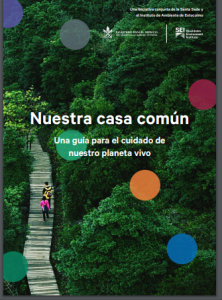 Conecta la ciencia del cambio climático, la biodiversidad y el uso sostenible de los recursos con los mensajes de la Encíclica Laudato Si’ del Papa Francisco.
Conecta la ciencia del cambio climático, la biodiversidad y el uso sostenible de los recursos con los mensajes de la Encíclica Laudato Si’ del Papa Francisco. Reports on COP15 were posted during the conference on our website
Reports on COP15 were posted during the conference on our website